So hey, how about that Super Mario Maker 2, huh? I know a lot of people are raising a stink about online multiplayer restrictions at the moment, but playing Mario online in general sounds wholly unappealing to me, so I don’t particularly care either way. No, what I care about is that oh-so-interesting “Extra Game Styles” listing in the Maker part of Super Mario Maker 2.
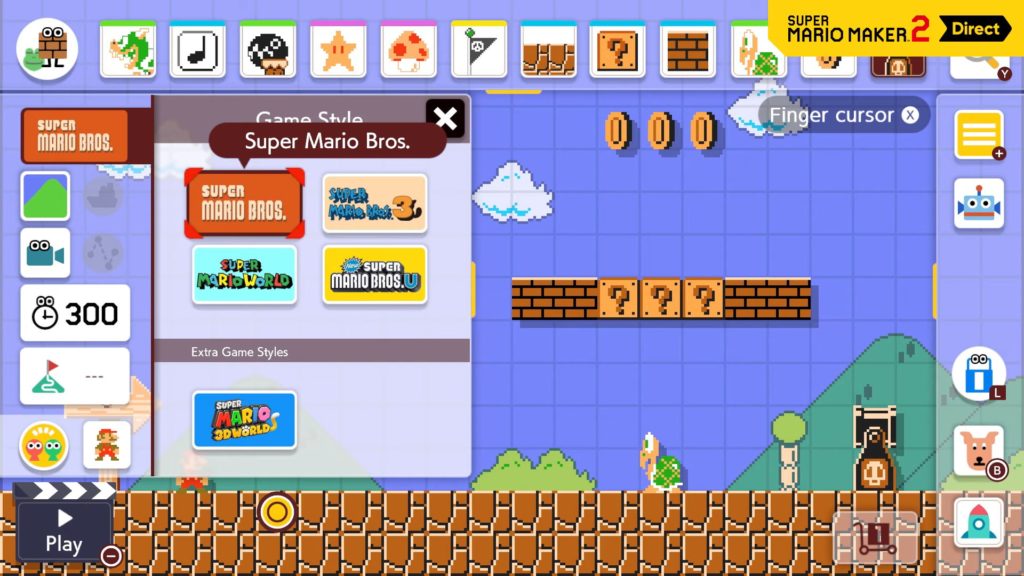
We already know about Super Mario 3D World, but there’s definitely space for another non-standard game style there. Some have speculated that perhaps Nintendo is making a Maker mode based on Super Mario Bros 2, aka Super Mario Bros USA. If that’s true, then I am going to be obscenely happy.
Why? Because for a good chunk of my life, I have longed intensely for a proper follow-up to Super Mario Bros. 2, and Nintendo has never seen fit to deliver. If they won’t make it, then hopefully somebody else will.
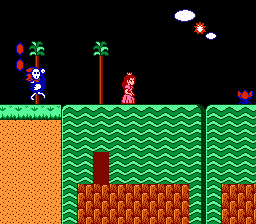
You see, Super Mario Bros 2 holds a special place in my heart. It was the first game I ever finished, beginning to end, all by myself, and I was incredibly proud of that fact. I loved everything about it: The music, the level design, the character selection (of course I played as Princess, gotta have some representation), the overall theming… eight-year-old me was positively obsessed with SMB2, and for good reason: It’s a fantastic game that absolutely stands the test of time, and it’s a goddamned shame how the very people who made it have never bothered to revisit its gameplay.
How much did I love SMB2? Well, when I learned that Super Mario Bros 3 was going back to gameplay more in line with the original Super Mario Bros, I was actually pretty upset. SMB1 was good, but to me, it was nowhere near as good as SMB2 was! Why would Nintendo decide to take a step backwards? Of course, SMB3 came out and was a profoundly amazing all-time classic, but I was incredibly skeptical before that.
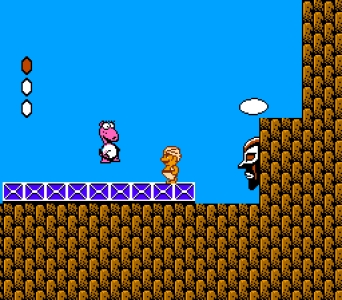
Of course, we all know now that SMB2 was originally a Japanese game called Doki Doki Panic that got a Mario reskin for its voyage overseas. (“THE ORIGINAL NAME IS DOKI DOKI PANIC” is a meme at this point.) Most people aren’t aware, however, of how much SMB2 is a tremendous improvement over its original incarnation. When Nintendo brought their Famicom Disk System games over to the West on cartridges, they often took the time to make significant improvements, and SMB2 has a lot of them: significant graphical overhauls, more frames of animation, expanded and rearranged musical compositions, and gameplay enhancements. (You have no idea how valuable the B button run is until you don’t have it.)
In light of the Mario Maker speculation, I recently went back and played SMB2 again, just to make absolutely sure I wasn’t wearing any sort of retro goggles, and everything about it still holds up. I was particularly impressed by how the game mixes vertical and horizontal progression (and, smartly, drops you down a long shaft at the beginning to demonstrate the game’s vertical portions from the onset), but what struck me was just how amazingly well the game constantly builds on its relatively simple platforming and grab-n-toss mechanics up until the very end through natural gameplay progression. SMB2 constantly builds upon its core mechanics in intuitive and imaginative ways up until the very end. (Admit it: when you were a kid, you jumped a little when you saw the final gate come to life and start attacking you!)
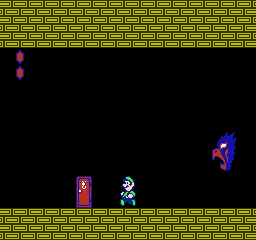
Actually, let me digress a bit give a few examples of just how well this game builds on itself, because I love talking about game design and mechanics!
So, World 2-1, right? The setting shifts to a desert area (going along with the vague Middle-Eastern theming Doki Doki Panic had). Along with the new backdrop, you get a few interesting new hazards: snakes in jars, Pokey the cactus, stationery plants that belch fire in waves, and so on…
But then you’re forced to enter a door leading inside a pyramid, and you’re trapped at what looks like a dead end. There’s only the door back out, a few enemies milling around, and no blocks or veggies in sight. What do you do?
The first clue is in the layout itself. You can see that there are enemies and collectible cherries below, so there must be some way to proceed downwards — perhaps, by using your pulling skills, you can dig through the sand? When you try it an it works, it feels really cool and interesting: a familiar mechanic is suddenly completely recontextualized.
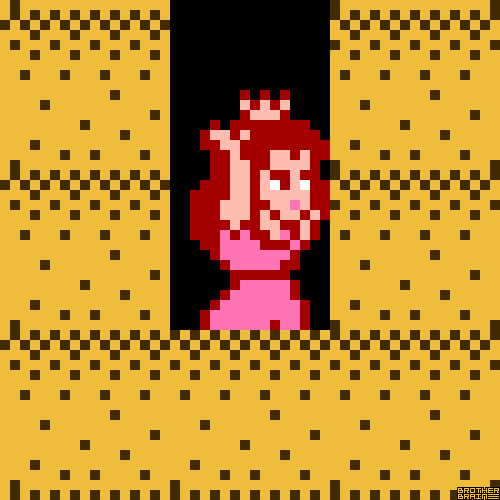
If you can’t connect that pulling mechanic -> move downwards, however, you’ll still stumble across the solution eventually: when players get stuck, eventually they’ll hit a point where they mash buttons in the hopes that something will work, and that will lead to you discovering that you can dig through sand.
As you dig, you find out that things work differently in the layered sand: jumping will send you back up several levels, trying to grab and throw an enemy will probably backfire as it lands right next to your face, and normally easy-to-dodge enemies become constantly-chasing, serious threats.
Several of the desert stages in SMB2 have digging sections, and each tests your skills in a unique and engaging way. 6-3 is particularly neat, as it combines digging with a horizontally-scrolling bomb puzzle area, further expanding on both of those gameplay ideas.
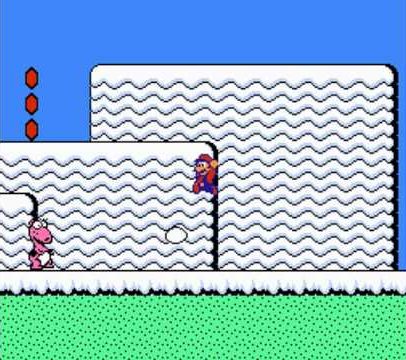
Another good example of SMB2’s brilliance in building on its simple mechanics can be seen on stage 4-3, which a good chunk of players usually skip via warp zones. (You miss out on a lot of cool stages if you warp!) As you exit outside, you see Birdo, who has been a sub-boss up to this point. Why are we seeing them so early in the level?
The first thing you try to do, of course, is eliminate them, because that’s what you’ve done up to this point. Unfortunately, doing so yields no reward, and if you keep trying, you still don’t get anything. On top of that, there are massive pits on both your right and left sides.
Once it’s clear that beating Birdo offers you nothing of value, you have to figure out how exactly to proceed. The solution lies in remembering a key factor in fighting Birdo: when you hop on the launched eggs, they keep moving until you press B to pick them up. You’ve already encountered a stage where you need to ride on an enemy to cross a spike field, so could Birdo’s eggs be the key to progress?
Yes! It takes a while, but you eventually land at a new locale. This old, familiar enemy takes on a new role as an unintentional helper, asking you to think about what you’ve learned about them and apply it in a clever way to proceed.
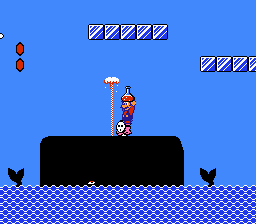
I can think of so many more examples of how well SMB2 builds on its mechanics throughout the game, but I think you get the point. By the time you reach the end of the game — a castle that takes full advantage of the SMB2’s new-for-the-time nonlinear progression — it doesn’t feel like the developers are running out of ideas. In fact, it feels like they have only gotten started exploring what they can do within SMB2’s framework.
The tragedy is that we’ve never seen that potential for more brilliance, because there has never been another official game with the mechanics of SMB2.
I couldn’t possibly tell you why Nintendo has never gone back and made another game like SMB2. It’s not like they are averse to sequelizing non-standard Mario games: Luigi’s Mansion, Mario and Luigi, and Paper Mario (to name a few) have all been turned into their own subseries. If we can get more bland New Super Mario Bros games, what’s stopping Nintendo from making a New Super Mario Bros USA?
Some might say that the whole “it’s just a reskin of another game” thing might be why Nintendo hasn’t revisited SMB2’s gameplay, but they’ve been awfully keen to implement references to it in other games. Shyguys and Birdo are common Mario enemies, Princess Peach has weird floaty jumps in every game she’s playable in, and every so often Nintendo slips in a level design involving picking and throwing veggies from the ground. SMB2 also gets re-released constantly, showing that it’s not something Nintendo is ashamed of.

The closest thing we have to a new SMB2 is Super Mario Advance, which… has problems. Mainly that all of the characters will never shut the hell up, but a lot of the gameplay changes aren’t for the better, either. Mushroom hunting is one of the worst parts of SMB2, and adding more mushrooms (and starting you with one health rather than two) makes the balancing act between coin collecting and mushroom hunting even more tedious.
There are a few cute new additions, but they’re usually one-off elements that don’t leave any sort of long-term impression and leave you wishing they’d just make entirely new levels rather than trying to haphazardly cram some new stuff into the old designs. But Robo-Birdo’s kinda cool, I guess.
I know I’m not alone in my desire to see a proper follow-up to SMB2. I’ll argue that some games really don’t need sequels — I’m fine with Raimais being a one-and-done, and still believe that the mere existence of NiGHTS Journey of Dreams was a huge mistake — but I’ll scream for an eternity for more veggie-chucking, Shyguy-riding, key-snatching, block-stacking, and Subspace-creating. A few romhackers have taken matters into their own hands, and have built their own games based on SMB2’s mechanics. While there are a few standouts (I recommend Legend of the Blob Bros 2), overall they lack the creative spark that makes SMB2’s stages so much fun: usually they’re either riddled with uninspired level design or brutally hard in that “do the level perfectly or die and start over” sort of way.
Ultimately, I can’t say why Nintendo doesn’t want to go back to SMB2. It’s just really peculiar that a company known and beloved for devising and constantly building on game mechanics has seen fit to let the great gameplay of SMB2 remain frozen in time, like a museum piece that gets trotted out every time a Virtual Console-like service appears. Someday, I hope SMB2 gets the follow-up it deserves. I truly hope that day is coming next month. Also, give us the cool underground music remix from the prototype, dangit.
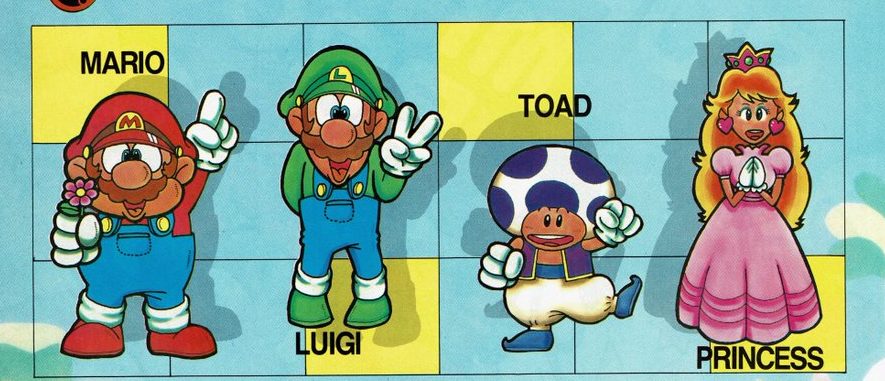
Great article!
Maybe, just maybe that space next to ‘Super Mario 3D World’ will be filled…
umm ACTUALLY it was originally called DoDonPachi in Japan